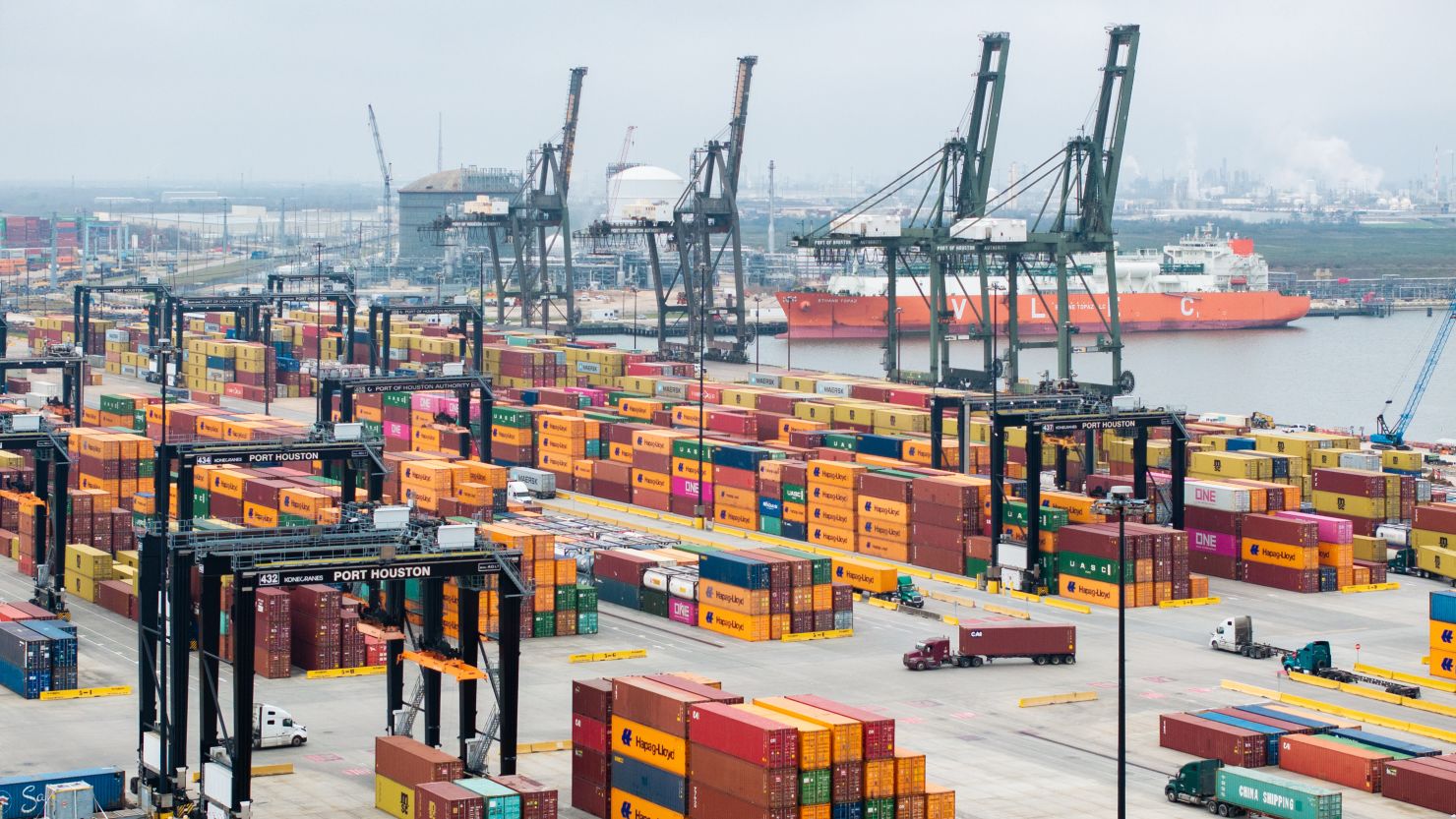American buyers beware: President Donald Trump’s desire to get even on countries by matching tariffs they have on American goods could come at a steep cost.
In Trump’s view, it’s unfair for other countries to charge American imports higher tariffs than what America, in turn, charges those countries for their own exports to the United States.
“Very simply, it’s if they charge us, we charge them,” Trump said Sunday.
He’s set to put his words into action as soon as Tuesday, enacting reciprocal tariffs that could hit just about “every country,” he said. That would come on top of a 10% across-the-board tariff that went into effect last week on top of other tariffs on Chinese goods and stricter 25% tariffs on steel and aluminum that Trump announced Monday.
However, White House trade adviser Peter Navarro doubled down on Trump’s prior comments, telling CNN’s Pamela Brown on Tuesday that government officials are taking the time to first study and uncover what they deem instances of unfair trade policies.
The US weighted average tariff rate, which gives special consideration to countries the US imports more from, was 1.5% as of 2022, according to World Bank data. If the US matched tariff rates of other nations on American goods, that rate would increase to nearly 5%, Deutsche Bank economists estimate, based on an analysis of World Bank data for the top 10 countries that ship goods to the US. Those 10 countries as of 2022 included China, Mexico, Canada, Japan, Germany and Vietnam, accounting for 70% of the value of the goods the US imported.
But in some cases, the disparity with US tariffs was much higher. For instance, in 2022, the US average tariff rate on imports from India was 3%, whereas India’s average tariff rate on imports from the US was 9.5%.
Goldman Sachs economists have a more optimistic take on reciprocal tariffs, though. While they acknowledge that such levies pose a risk to the economy, they could help businesses in the sense that they reduce trade uncertainty. “President Trump’s comments suggest that he views this policy as an alternative to the 10-20% universal tariff he has discussed in the past,” they wrote in a Tuesday morning note.
If Trump backs off the universal tariff and moves forward with reciprocal tariffs, it could stave off a larger trade war, they said.
There’s a price to pay for getting even
Often the US imports goods that are cheaper to make abroad – or even impossible to make at home.
And sometimes only one country produces a particular product.
For instance, Trump’s former Commerce Secretary Wilbur Ross recently told CNN that during Trump’s first term Australia was the only country producing “green steel,” which is steel that’s made without the use of fossil fuels. Because Australia was the only country producing it and “American companies don’t want to make it” due to technological constraints, according to Ross, there was no point tariffing it, he told CNN. That’s why the first Trump administration granted Australia an exemption from steel tariffs, he said.
In other words, without that exemption, American buyers of green steel would‘ve been stuck paying 25% more for it, even though there’s no other place to get it. The new steel and aluminum tariffs Trump enacted Monday, however, don’t grant any exemptions.
Without similar exemptions, Americans will be stuck footing higher bills on tariffed goods.
Just how high that bill will be and who bears the brunt of it is impossible to accurately predict for now, Justin Weidner, an economist at Deutsche Bank, said.
If Americans can’t switch to cheaper alternatives, they’ll probably wind up paying the cost of the tariffs, he said. It also depends whether different companies along the supply chain can absorb any of those costs themselves.
US companies don’t always say where all their raw materials or parts come from, so it’s hard to say what could get more expensive with reciprocal tariffs, said Patrick Penfield, a supply chain management professor at Syracuse University.
You might think higher tariffs would push companies to find cheaper suppliers – but it’s not that simple.
“You can’t just turn off a supplier and turn on a supplier,” Penfield said. For instance, there could be contracts in play, or supply chains could depend on specific locations or suppliers.
Where reciprocal tariffs could hit Americans’ pocketbooks hardest
Unsurprisingly, the tighter the profit margin, the likelier a company is to pass on extra costs to consumers.
For example, few medical-grade gloves sold in the US are produced domestically because they’re so cheap to produce in many Southeast Asian countries, said Greg Husisian, a partner at law firm Foley & Lardner who specializes in international trade issues.
Resistors and capacitors, which are tiny components found in appliances like microwaves and washing machines, are also unlikely to get produced in the US, Husisian said.
But what’s almost certain to get a lot more expensive from dollar-for-dollar tariffs are European cars, which currently face a 2.5% tariff in the US. In contrast, American cars exported to European Union countries face a 10% tariff, Husisian added.
Trump could delay tariffs if other countries agree to negotiate around Trump’s objectives, much as he’s done before.
However, reciprocal tariffs don’t feel like “negotiating bluster,” Husisian added.









